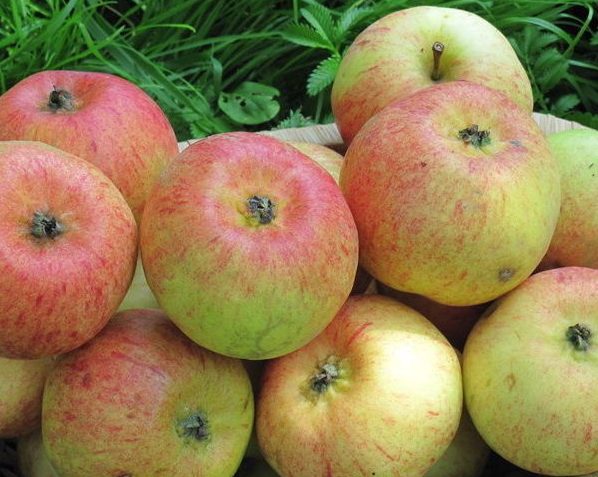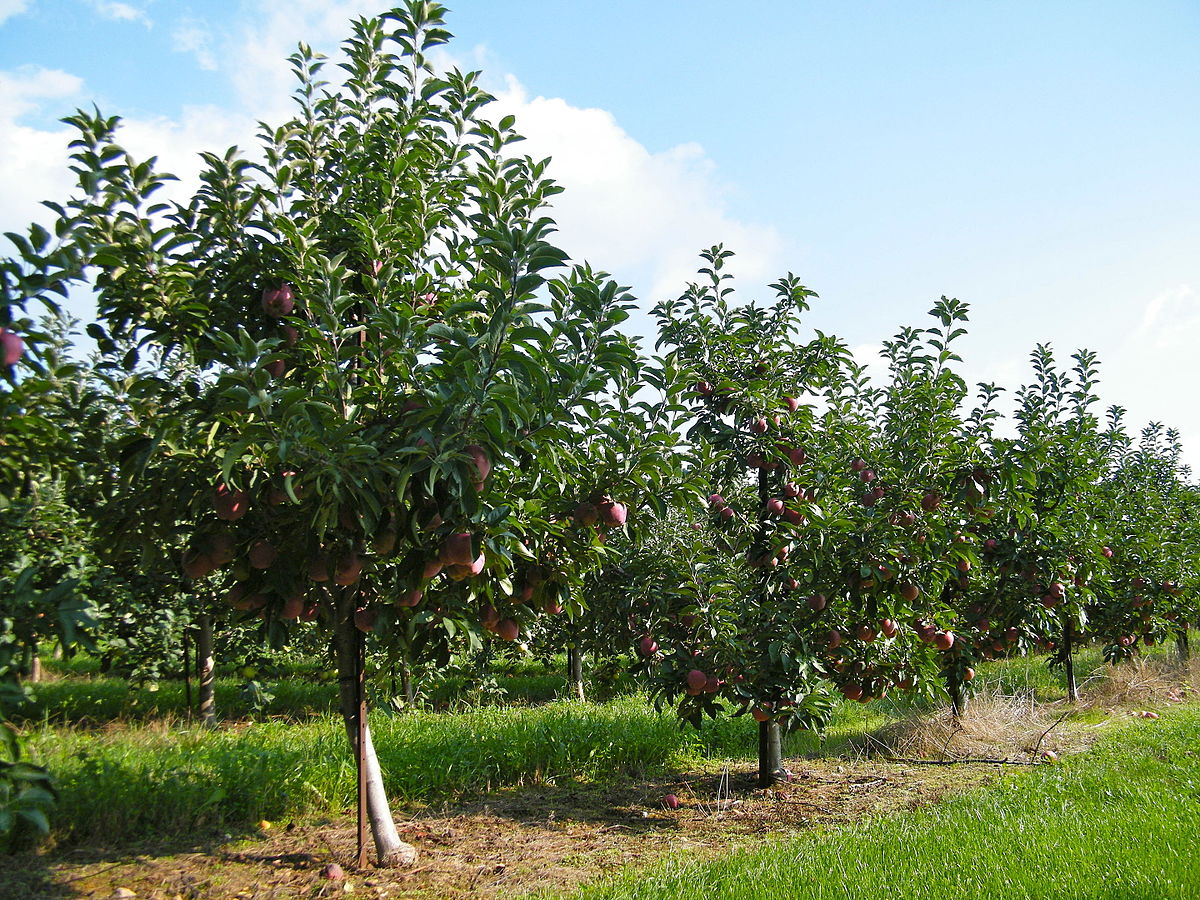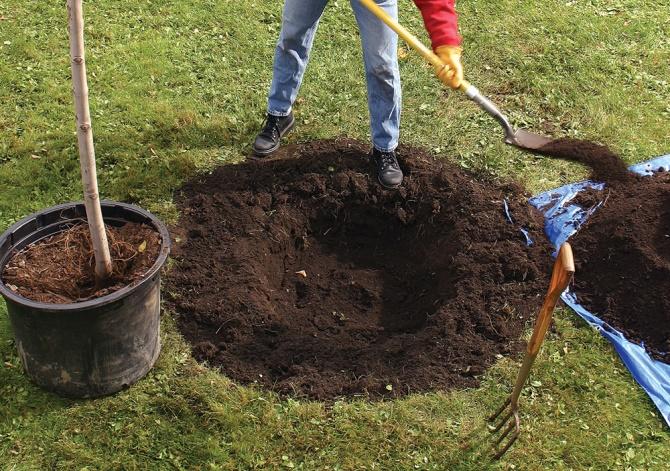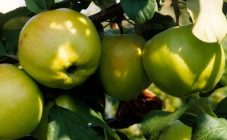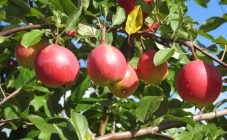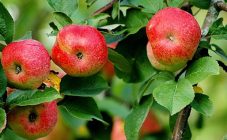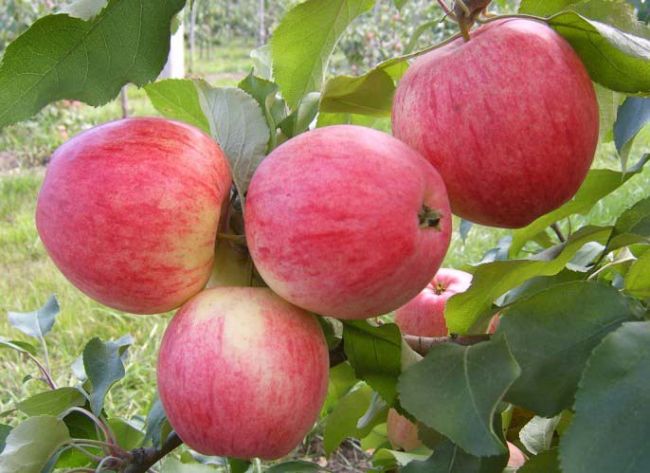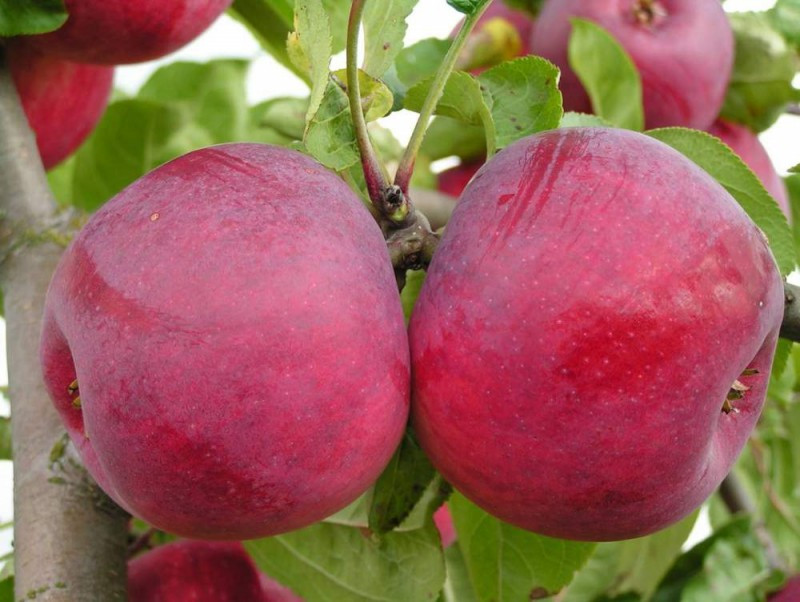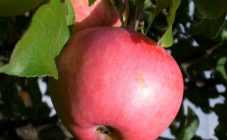Content:
Apple tree Korobovka is one of the oldest varieties of fruit trees grown not only in private farms, but at an industrial level for more than a decade. Other names for this early maturing variety are Medunichka, Medovka, Medovaya, Skorospelka. These sweet but small apples are harvested from the end of July.
Currently, these apple trees are practically not cultivated, not only in large farms, but summer residents have stopped planting Korobovka in their plots. The reason for this is too small fruits that are not in great demand among buyers. And in Poland, Medunichka is considered one of the oldest apple varieties, so it was entered in a special register.
At fruit stations in Russia, the Korobovka variety is used as a mother basis for the development of early apple varieties that are highly resistant to frost. Another plus of the Medunichka apple tree is that it gives the new varieties all its positive qualities "as an inheritance."
The history of the creation of the variety
It is believed that this variety originated from wild apple trees, next to which cultivated varieties grew. As a result of cross-pollination, a new variety Korobovka occurred - the fruit of folk selection. The apple tree got its name because its small apples were sold not by weight, but in boxes, like the fruits of berry bushes.
Although the apples of this variety have practically no sourness, and they can be eaten even unripe due to their high content in neither sugars, in recent decades, the Korobovka variety has ceased to be grown due to too small apples.
Characteristics and description of the apple tree
The Korobovka variety is early ripening, apples can be harvested at the end of July - small, but very sweet. Although there are usually many apples on the tree, they are slightly larger in size than the fruits of the Ranetki variety.
But Medovka is self-fertile, so other varieties of apple-pollinators need to be planted nearby, otherwise you may not get the long-awaited harvest.
The flowering period at Medovka is average in duration. After planting seedlings, the first harvest can be obtained in the 5-6 season.
The honey apples are fully harvested in the first decade of August, the fruits tolerate transportation well, and the harvested crop can lie for 25-30 days (in a cool, dark place). But the longer the storage of these apples, the worse their taste becomes. The collected apples are put in pre-prepared boxes and put into the cellar or basement.
Korobovka has long been considered a fruit tree for personal plots - despite the small size of the fruit, they were highly valued by confectioners, who glazed them and used them to decorate cakes and other confectionery products.
This fruit tree is medium in size (up to 4.5 m in height), and its life expectancy is up to 50 years (sometimes more).
Young trees have a pyramidal crown shape. But as the shoots grow, it expands to the sides and becomes more dense. The annual growth of young shoots is active in the first 13-14 years of the tree's life, and then begins to slow down.This apple tree reaches its main size by the age of 25, and then practically does not grow. During the period of active growth of the tree, formative pruning is carried out annually, during which the crown is thinned out, the branches of a given season are shortened, weak and damaged shoots are removed.
The branches are attached to the trunk very firmly and do not break off either under the weight of the crop or under the weight of snow. The length of the shoots is medium, the color of their bark is dark brown.
The foliage is small, less often of medium size, rounded, slightly curved. The edges can bend upward. The upper side of the leaves is dense and leathery with protruding veins, the color is dark emerald, the reverse side is pubescent, along the edges there are small teeth. Petioles are medium in size, thin. Stipules are small, lanceolate.
The description of the apple tree can be continued with a story about its yield. The collection of ripe fruits begins late - from 6-7 seasons after planting seedlings in the garden, the number of yields increases gradually, the maximum yield occurs by the 15-16 season and is up to 65 kg of ripe fruits from one tree. Until about 20-22 years old, this fruit tree bears fruit every year, but in the future it can yield a crop every 2 years.
The variety is frost-resistant and can tolerate long periods of drought. Resistance to major diseases is average, and to scab - below average. Of the pests, it can be actively affected by the moth. This fruit tree grows and develops well on any type of soil. Sunburn never occurs on the trunk, branches and young shoots.
The ripening crop keeps well on the tree, without crumbling. Only those fruits that are damaged by the moth can fall off.
Since the honey apple tree is never large-fruited, many gardeners refuse to grow it. However, its fruits with a high amount of sugars (more than 10%) and low acidity (less than 1%) can be eaten fresh, covered with compotes, cooked preserves and jams, and made candied fruits.
Agricultural technology of cultivation
Medovka is undemanding to the place of cultivation, it tolerates changes in weather conditions well, but due to self-fertility, pollinating apple trees should be planted nearby. Although the tree is considered unpretentious, some principles of caring for this fruit tree must be observed.
Planting one- and two-year-old seedlings should be carried out in early spring, until the buds swell. And three-year-old trees are best planted in the autumn after the foliage has completely fallen off.
The soil for planting these fruit trees is prepared in advance: it is necessary to add (per 1 m2) 1.5 buckets of humus or compost, ½ cup superphosphate and 1.5 tbsp. l. potassium salts for digging.
The depth of the planting pit is 0.8 m, and its diameter should be at least 1.2 m.The distance between adjacent fruit trees should be about 4.5 m.
Before planting, seedlings with an open root system are soaked for a couple of hours in a bucket of water, then placed in a solution of Kornevin and wood ash. After that, the tree is ready for planting.
After planting, the main care of the trees consists in regular watering of the near-trunk circles, loosening the soil with the simultaneous removal of weeds. You should also monitor the general condition of the apple tree and fight against diseases and the attack of "harmful" bugs in time.
It is enough to apply fertilizer to the trunk circle once every 2-3 seasons. Sanitary and formative pruning of apple trees should be carried out in early spring (before bud break). Places of cuts should be covered with garden varnish or powdered with wood ash.
Before budding, preventive spraying of trees with copper sulfate or bioinsecticides should be carried out to prevent the development of diseases and destroy the larvae of pests that could hibernate in the bark of apple trees.
Advantages and disadvantages of the variety
The advantages of the variety include:
- good taste of ripe apples;
- the Korobovka apple tree is early ripening - already at the end of July, you can harvest ripe fruits;
- annual large harvests for 10-15 years.
But the variety also has its drawbacks:
- small fruit size;
- the harvested crop is stored for no more than a month; during storage, the taste of apples deteriorates;
- over time, this fruit tree does not yield crops every season;
- the tree is self-fertile, therefore it is required to plant pollinating apple trees nearby;
- with age, the fruits of this apple tree become even smaller.
Despite the fact that currently there are many new summer early ripening varieties of apple trees, this fruit tree is undeservedly forgotten. Despite the small size of the fruits, they can be used for food, make preparations with them.
